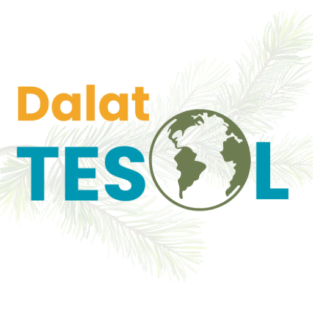By DalatTESOL
👉 This guide shows you how to read academic journal articles effectively, using simple strategies and practical examples tailored to EFL/TESOL graduate students.
Let’s be honest: academic articles can feel intimidating—especially when you’re new to research. Long texts, dense arguments, statistical tables, and references everywhere. But don’t worry—reading papers is a skill, and like any skill, it can be learned.
This article offers a step-by-step method for reading academic papers strategically—not from start to finish like a novel, but with a clear purpose.
🎯 Step 1: Know Why You’re Reading It
Start by asking:
- Am I reading for a literature review?
- For ideas to design my study?
- To learn about a theory or method?
- Just to understand a topic better?
👉 Example: If you’re writing a thesis on intercultural pragmatics, you may only need to read a paper’s literature review and findings—not its full statistical procedure.
🔍 Step 2: Start with the Abstract and Conclusion
These two parts tell you:
- What the study is about
- What it found
- Whether it’s useful for your purpose
📌 Tip:
Highlight or copy phrases from the abstract that relate to your topic—e.g., “intercultural miscommunication,” “EFL learners,” “pragmatic awareness.”
🧱 Step 3: Skim the Structure (Don’t Dive Yet)
Check the headings:
- Introduction
- Literature Review
- Methodology
- Results
- Discussion
- Conclusion
Then skim each section briefly. Try to understand:
- What kind of study is it? (qualitative, quantitative, mixed?)
- What’s the research question?
- Who are the participants?
- What are the main findings?
🧠 Step 4: Read in Layers – Not Line by Line
Instead of reading the whole thing slowly, read in layers:
🔹 First Pass:
Just skim—underline key sentences in the intro, method, and findings.
🔹 Second Pass:
Focus on sections that serve your purpose.
- Need background? Focus on lit review
- Need methodology ideas? Focus on method
- Need findings to support your claim? Go to discussion/conclusion
🧾 Step 5: Take Notes in Your Own Words
Avoid copying long quotes. Instead, note:
- The author’s main idea
- What they found
- How it relates to your study
👉 Use a citation like:
Nguyen and Bui (2021) explored how EFL students in Vietnam manage intercultural misunderstandings, emphasizing the role of pragmatic instruction.
This makes it easier to integrate into your assignments or thesis later.
📊 Step 6: Don’t Fear the Statistics (Just Find the Story)
If you’re not trained in statistics, skip complex numbers for now. Look for:
- Whether the result was “significant”
- How groups differed
- What the authors say the numbers mean
🧡 Focus on the interpretation—not the formula.
🧩 Step 7: Use a Reading Log or Summary Table
Keep a spreadsheet or notebook with:
- Author & Year
- Research Question
- Methods
- Key Findings
- Notes or quotes
- Relevance to your topic
This is gold for your literature review.
📘 Step 8: Revisit the Paper Later
Some papers make more sense the second or third time, especially after reading others in the same topic.
👉 Think of it like this: Each article is a piece of the puzzle—you don’t need to understand it 100% at once.
🧠 BONUS: Questions to Ask While Reading
- What is this paper trying to answer?
- What concepts or theories are central?
- What’s unique or new in this study?
- How does it relate to my research or interest?
- What gaps or limitations do the authors mention?
🚫 Common Mistakes to Avoid
- Reading everything in order without skimming
- Getting stuck on difficult paragraphs
- Ignoring the abstract or conclusion
- Copying large blocks of text into notes
- Thinking you must understand everything
✍️ A Final Note from DalatTESOL
Reading academic papers is not about finishing every word. It’s about extracting useful knowledge that supports your own learning and research.
The more you read, the easier it becomes to see patterns—familiar theories, methods, and common findings.
So start with purpose. Read with curiosity. And remember—you’re joining a global scholarly conversation, one page at a time.
